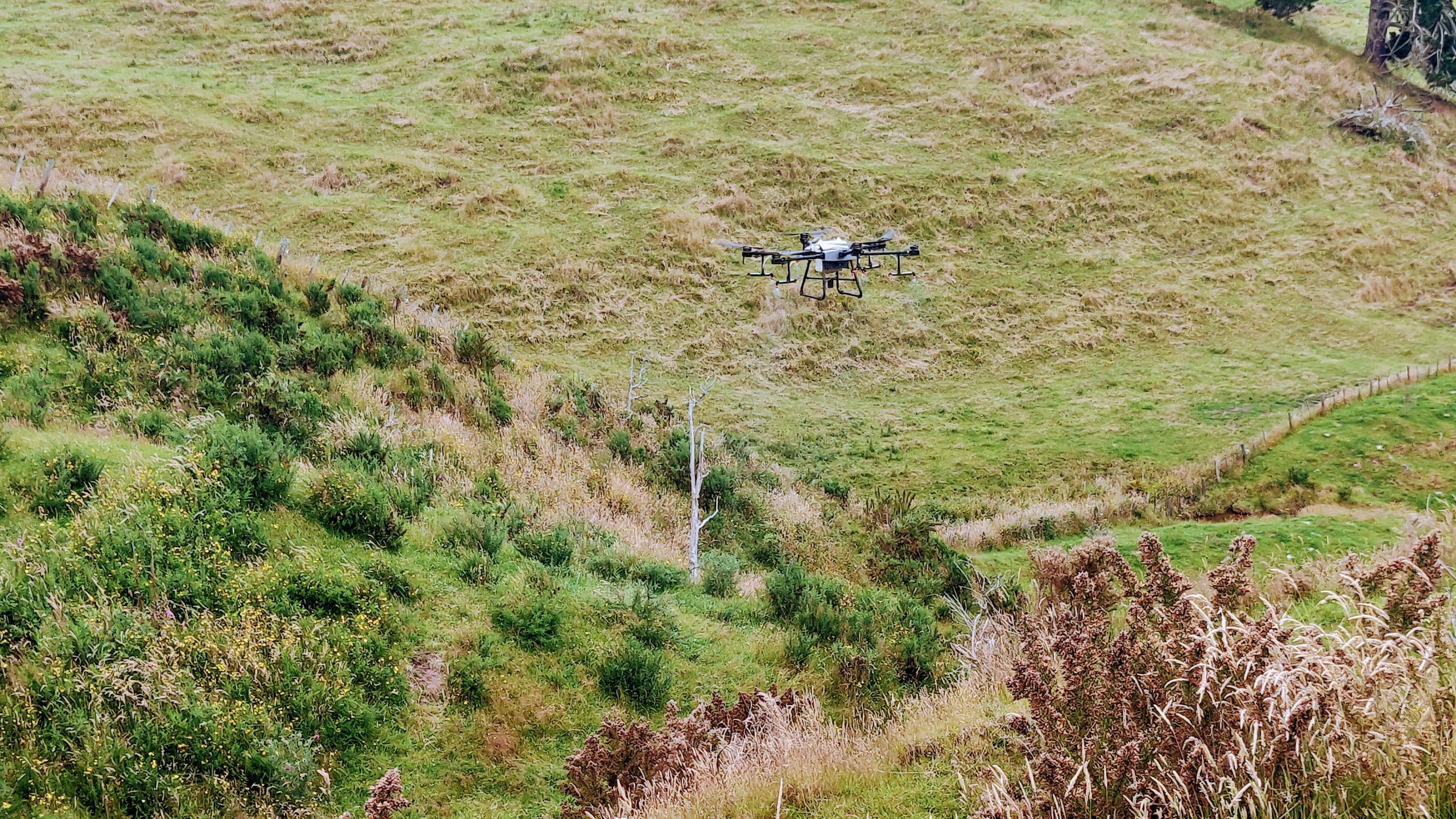
Weeds are a perennial problem here in New Zealand. They can be found on the roadside, in the riparian plantings, throughout your pasture, up that hillside and down in the gully. In fact, Weeds seem to be everywhere – and it can be a real challenge to keep them under control. Up until now, the only way to spot spray these pesky plants has been with a hose & gun, knapsack, quadbike, or tractor. These methods have proved effective but can be time-consuming and labor-intensive. However, now there is a groundbreaking new solution to this problem – drones!
Using drones to spray weeds is a game changer. Not only do they provide an effective alternative to traditional methods, but they also allow for access to hard to reach areas that would otherwise be nearly impossible to access. By using drones to spray weeds, you can save time and improve efficiency while still getting excellent results.
So if you’re tired of dealing with weeds and looking for a more innovative solution, look no further than Agridroneco. With our ability to access hard-to-reach areas and provide superior results, they are an excellent choice for weed control.


